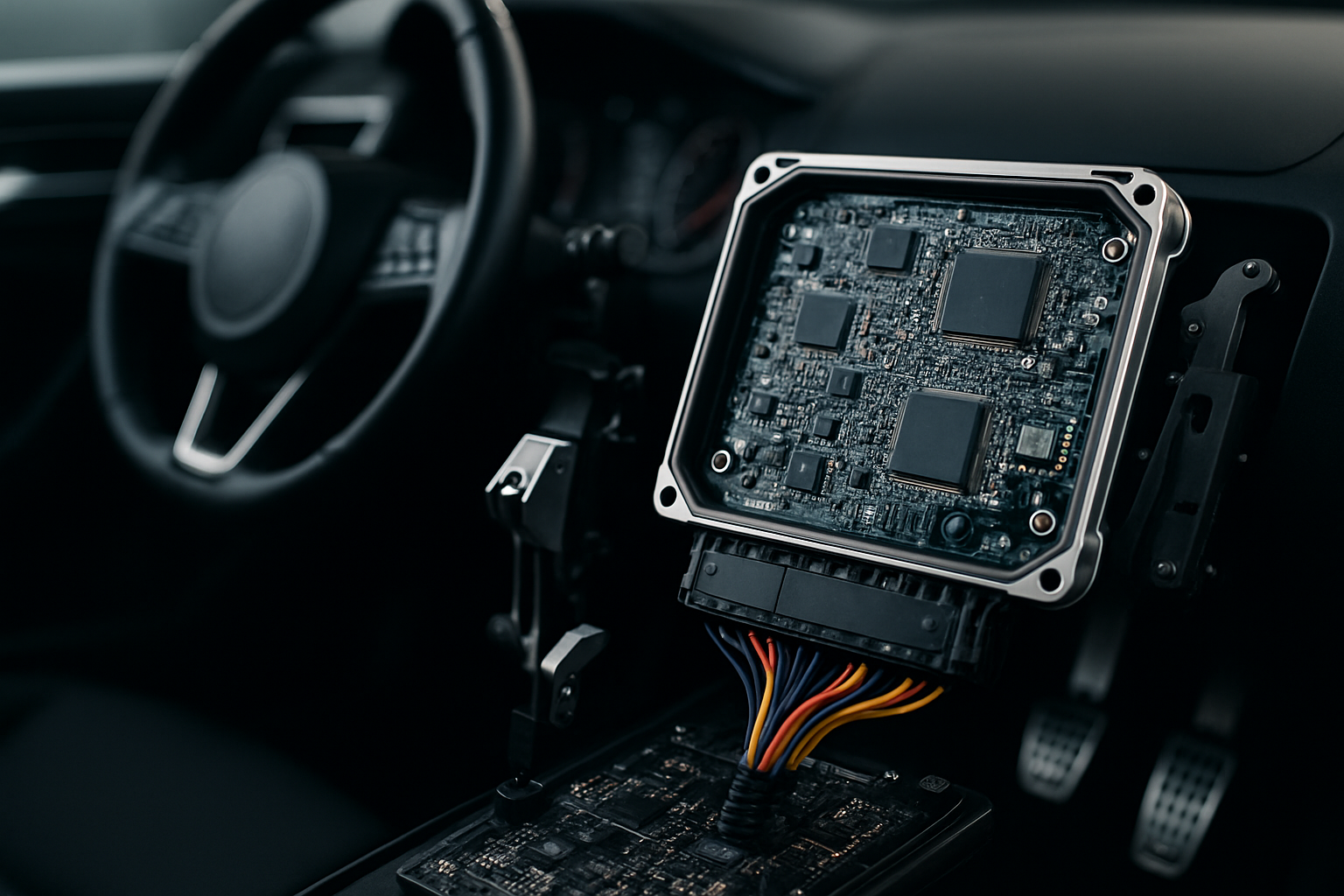"The Allure of Continuously Variable Transmissions"
Introduction: The world of automotive technology is constantly evolving, with manufacturers and engineers always on the hunt for the next breakthrough. One such development that's been gaining traction is the Continuously Variable Transmission (CVT). A marvel of engineering, it promises smooth acceleration, improved fuel efficiency, and a unique driving experience. But what exactly is a CVT, and how does it reshape the driving experience?

The Genesis of CVTs
The concept of a continuously variable transmission isn’t new. It dates back to the late 19th century when an American inventor, Milton Reeves, applied it to a sawmill engine. However, it took several more decades for the technology to be adapted for automobile use. CVTs were an answer to the inherent limitations of traditional automatic and manual transmissions— the need for smoother, more efficient power delivery. The first commercial use of CVTs was by Dutch manufacturer DAF in the small ‘Daffodil’ car in the late 1950s.
How CVTs Work
Unlike traditional transmissions which have a set number of gear ratios, CVTs can seamlessly shift through an infinite number of ratios. This is achieved through a pair of pulleys connected by a belt or chain, with one pulley connected to the engine and the other to the wheels. The diameters of these pulleys change depending on the amount of power needed, creating the optimal engine speed for any given situation.
Trends and Adoption in the Industry
Over the years, many manufacturers have adopted CVTs for their vehicles, attracted by the promise of better fuel efficiency and a smoother ride. Nissan, for example, has been a key proponent, using CVTs in many of its models. However, adoption isn’t universal— some manufacturers and drivers prefer the feel and control of traditional transmissions, and there are concerns about the long-term reliability of CVTs.
Impact and Benefits of CVTs
CVTs offer several key benefits. They provide smoother acceleration compared to traditional transmissions, as there’s no perceptible gear shifting. This also translates into improved fuel efficiency, as the engine is always operating at its most efficient speed. However, they’re not without their challenges. Some drivers find the driving experience less engaging, and there are questions about their durability and cost of repair.
Future of CVTs
While not without controversy, the CVT is an intriguing example of how automotive technology evolves to meet changing needs. As manufacturers continue to refine the technology and address its shortcomings, we can expect to see CVTs play a significant role in the future of automotive design. They offer a unique blend of efficiency and smoothness that, with further refinement, could redefine our expectations of what a transmission can do.
The world of automotive technology is a dynamic one, with innovations like the CVT pushing the boundaries of what we thought possible. Whether you’re a casual driver or a die-hard gearhead, understanding these changes is key to appreciating the ever-evolving art of the automobile.





